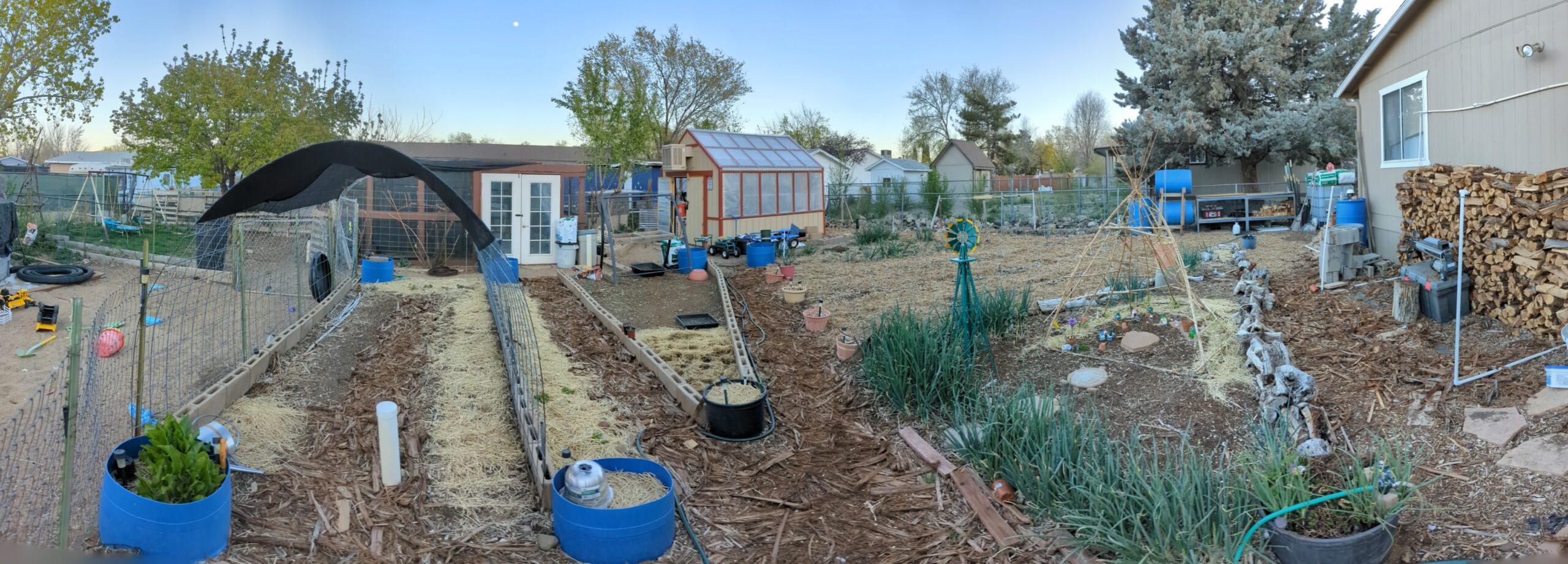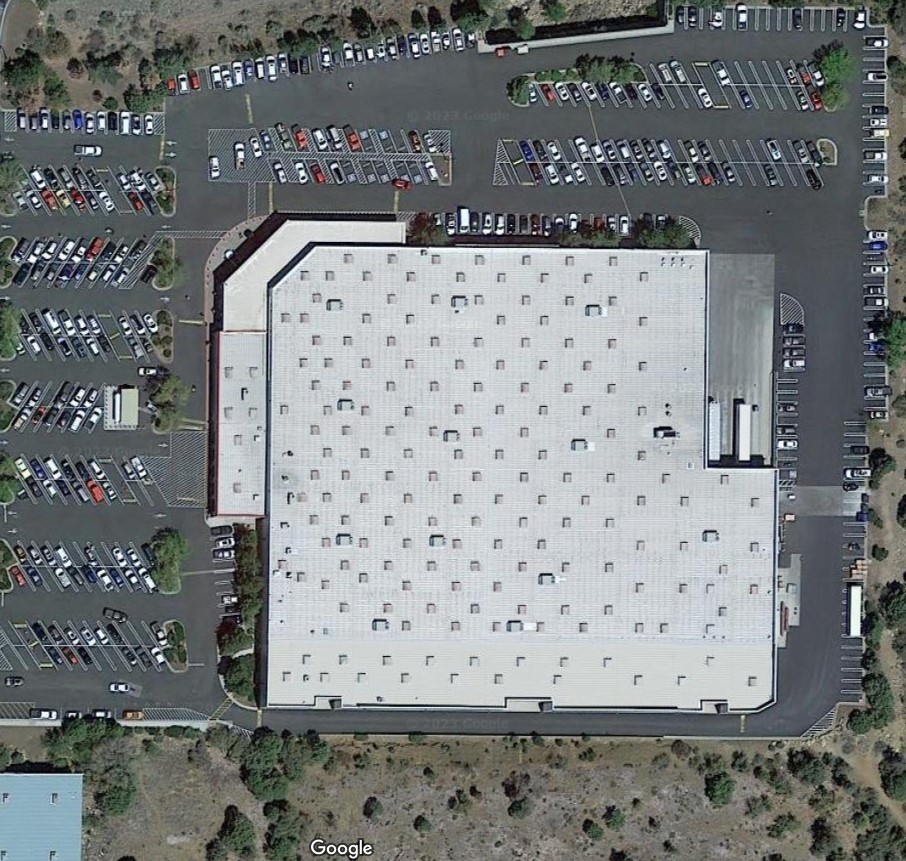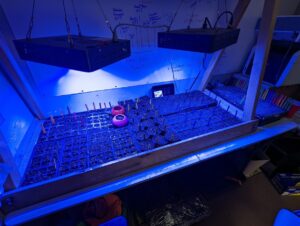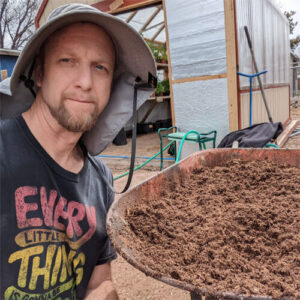

Permaculture Gardening Plans and Sustainable Agriculture Eco-Systems
Let us start by defining permaculture, sustainability, and agricultural eco-systems.
Permaculture: Observation and assistance of natural plant cycles: including germination, seedlings, flowering, pollination, fruiting, propagation type (seed, root, cutting etc.) and plant death. Adopting natural processes to assist in the health of a plant at every stage of life until death.
Sustainability: Asking this simple question will give you the answer to whether your practices are sustainable or not. “Is it sustainable? Can I create or acquire this product, item or resource locally if the economy stops functioning? For any reason? For any length of time?
Agricultural Eco-System: In the same vein of sustainability, providing sources of your own agricultural animal manure available from animals that you own and sustain on your land. You feed animals. Animals give you manure. Sometimes they pass away and must be buried ( a great source of bloodmeal and bonemeal ) in your compost pile. The worms will do their job, and turn it all into composted organic soil to be used in your greenhouse and in transplanting to the outside garden.
We own and take care of a few chickens (and one rooster) who provide us eggs, manure, and a constant mixing of the organic material we throw into their pen. We have 2 chicken houses. One primary and one chicken hospital. In the middle we have our central compost heap contained by cinder block walls. 8 ft. x 8 ft. by about 5 feet tall.
We planted grapes on the outside of the chicken pen. So now when we water ( using our awesome 4″ chicken watering apparatus ) the water overflows, cleans the water pipe out automatically, and drains through the chicken manure inside the pen. The nutrient rich water soaks into soil and waters the roots of the grapevines below, every day, all year. The grapes are robust and healthy every year.
All of our garden cuttings get thrown to the chicken’s compost pile. They love to eat many of the leaves on these plants. They know which ones to eat and which ones they should not. This pile also has all our kitchen vegetable cuttings and egg shells which all go back into the soil compost.
When we reach the beginning of Spring and the ground is thawing, we then begin to make our own soil using our own Living Garden Soil Recipe of course. All of this goodness goes back into the plants which we plant in pots in the greenhouse. It is not uncommon for us to transplant a plant and find worms in the plant’s pot. There can be nothing better for your plants. The worms are happy because they are eating dead organic material (not your living plant roots). Your plant is happy because worm castings (manure and more worm eggs) create a perfect soil environment for abundant growth as God designed it.
We can’t forget to address the entire concept of Back to Eden Gardening as it becomes our largest and primary growing space during grow season. Essentially this method of gardening utilizes woods chips and manure. We don’t till this type of garden. Why? Let’s answer that question!
When you go into the forest and look down at the ground, your will see a natural cover of organic branches, leaves and maybe even some animal scat. If you dig down a few inches through the loose material you will find moisture, preserved under the natural cover of material. This allows the propagation of molds, fungi, beneficial bacteria and many micro-organisms which create abundance deep under your wood chip and manure soil cover.
Beneficial Bacteria surround the root systems feeding themselves from the sugars produced by photosynthesis in the leaves of the plant. These bacteria also work in symbiosis with the mold and fungi which reaches deep through the soil network to retrieve nutrients for the roots of the plant.
A Back to Eden garden takes about 3 years to mature to full microbiome abundance. It’s worth the wait. While you are waiting for the wood chips to break down enough that they are not leaching all the nitrogen out of your soil, it’s simple to pull away the wood chips from where you want to plant a new seedling and fill that space with good soil (full of nutrients) so your plant will have what it needs temporarily. This also adds more nutrients to your Back To Eden garden beds every time you plant a new seedling in the outside garden.
As the wood chips get digested by all those worms and natural processes, it will biodegrade from the bottom up. Once you see your wood chip cover begin to fade and brown organic soil that sticks to your shoes is all you have left, it’s time to add more wood chips and manure. We usually do this at the end of the beginning of the season. We add the wood chips to the rows where we walk in order to avoid a heavy resurgence of leaching nitrogen into the new wood mulch.
Wood mulch can be used as a temporary growth mitigation material, but also as described can also be used as broken down organic material to increase growth and abundance. Once you break into this cycle you will never want to do what I call “science experiment” gardening ever again.
It’s important to understand that this method does require watering the entire surface of the ground similar to rain or a regular mist/dew. This keeps all the material moist and keeps the microbiome alive under the surface year round.
Finally, just to reinforce the most IMPORTANT portion of this gardening method.
If you TILL IT you KILL IT. People generally till the ground to break it up and aerate the soil. However with wood mulch and manure methods, Back To Eden, Lasagna Gardening…etc…we don’t need to till anything. The organic material already has plenty of nooks and crannies in which to grow microbiome which will feed your plants. You may have seen microbiome in the forest or in your yard when you pick up a branch that’s been sitting for months or years. It looks like a white webby, intricate and delicate material which is instantly destroyed if you turn it over and expose it to the sun and dry air. So be patient and don’t till it.


